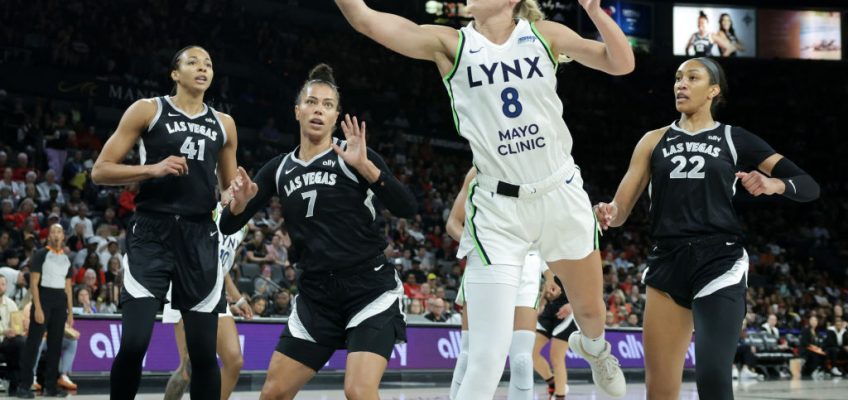St. Paul Public Schools officials on Tuesday night presented a more than $1 billion budget to school board members slated for an approval vote at next week’s meeting.
Despite being around the same size as last year’s budget, it contains more than $114 million in general fund cuts and $8.2 million in cuts to both food and community services.
Reductions had to happen as the district faces a more than $100 million budget shortage linked in large part to the expiration of federal pandemic aid.
“The expiration of these funds and state aid allowances that have not kept pace with inflation for the past two decades are resulting in significant reductions and program realignments,” said a district summary of the budget.
And in order to prevent further cuts, there will be about $37 million in deficit spending. That amount will help cushion the end of pandemic aid from the American Rescue Plan, but will leave about $36.4 million in reserves — above the 5% unassigned fund balance threshold set by the school board.
Here’s the breakdown of the main components of the billion-dollar budget:
General fund: $707.5 million — $114.6 million less than last year.
Food service: $29.3 million — $5.4 million less than last year.
Community service: $32.7 million — $2.8 million less than last year.
Building construction: $204.4 million — $89.7 million more than last year.
Debt service: $63.2 million — $9.7 million more than last year.
Why is the budget still topping a billion dollars this year despite the cuts? There’s been a boost in school construction spending not directly tied to the general fund, growing the appearance of the overall budget. Favorable bond sales last year have meant construction spending has grown by more than $89 million — the main piece of the overall budget boosting the number over $1 billion despite big cuts.
Tuesday night’s presentation by district budget chief Tom Sager focused on the big picture and the pieces of the budget SPPS plans to preserve, rather than cuts. But the expiration of at least $114 million in pandemic aid is already threatening funding for programs like arts and music, as well as special-education interpreters.
In a letter to school board members, Interim Superintendent John Thein said this year’s proposed budget was built around community input, which led the district to arrive at three guiding principles in allocating resources:
Increasing school communities’ sense of belonging and feeling of safety.
Ensuring students are respected and reflected in their curriculum and classrooms.
Making literacy a priority in instruction.
District administrators also explained to board members the broader areas in which the district plans to spend even as it makes cuts.
They plan to increase spending on early education like pre-K and early-childhood family education with the goal of preparing students for elementary school so they can meet third-grade literacy standards.
Efforts to increase enrollment will also get funding, as well as initiatives to decrease student absenteeism and boost achievement for “students showing areas of great concern.”
Under state law, the district is required to pass the next year’s budget by June 30. The next school board meeting where that’s likely to happen is next week on Tuesday, June 18.
Related Articles
As St. Paul district develops a budget, music and interpreters face cuts
‘Not for school, but for life’: First full class of St. Paul Chinese-immersion program set to graduate
St. Paul schools could pass $1B budget again despite looming revenue shortfalls
Markus Flynn: Beyond Brown — the unfinished journey toward educational equity
‘So much to see right in our back yard’: Longtime St. Paul tour guide leads her last trip




